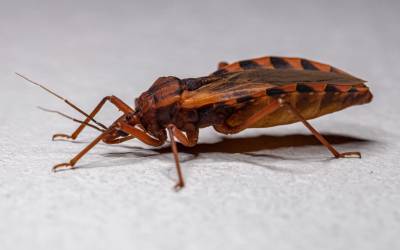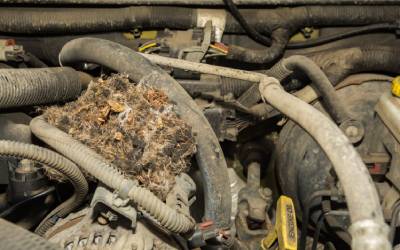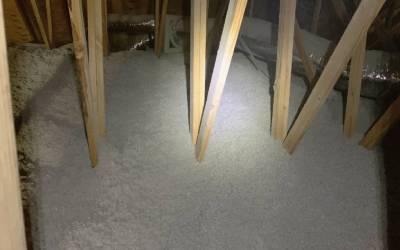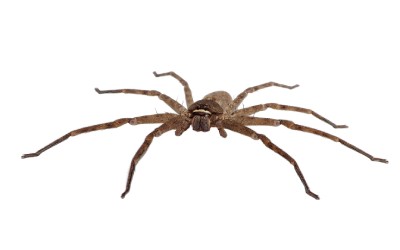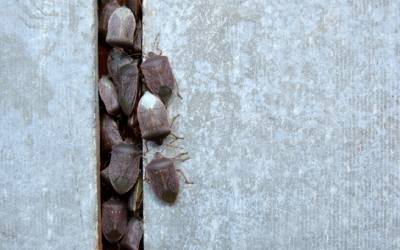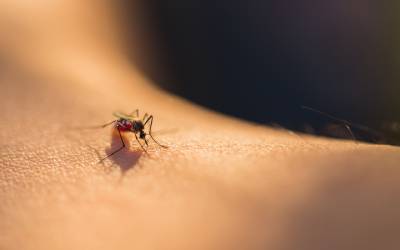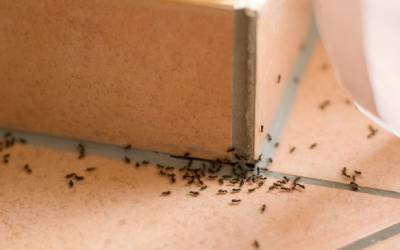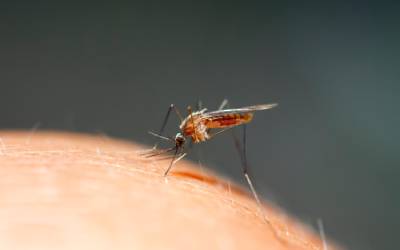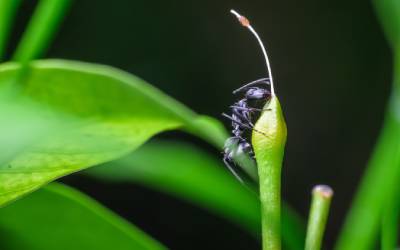Every so often, news spreads of a devastating pest species expanding its territory across the United States. Often, these novel threats turn out to be much ado about nothing. But they’re still worth knowing about because pests can have a major impact on the environment – and that’s especially true of this newest example: the kissing bug. Although there haven’t been any reported sightings of kissing bugs in Wisconsin yet, it may just be a matter of time before that changes. So, just how dangerous are kissing bugs really? Are kissing bugs something that Wisconsinites should worry about?
What Are Kissing Bugs?
Kissing bugs are a species of insect that’s prevalent in the tropical regions of Central and South America. They’re known for biting people while they’re asleep and transmitting a dangerous parasitic infection called Chagas disease. And, yep, you guessed it: in recent years, they’ve been making their way northward. As of this writing, kissing bug sightings have been reported in 32 states.
Mature kissing bugs range in size from about ¾” to 1 ¾” long. They have an ovular abdomen and a cone-shaped head, which is why they’re sometimes called “cone-nosed bugs” rather than “kissing bugs.” They have six legs, two sets of wings, and coloring that’s reddish-brown to orange in color.
It’s not difficult to mistake other more harmless, more common pests for kissing bugs. Stink bugs, for example, have a similarly shaped abdomen but lack the kissing bug’s characteristic coloring.
What Makes Kissing Bugs Dangerous?
Kissing bugs like to bite people while they sleep, especially on the face, near the mouth or eyes. That’s how they got the name “kissing bugs.” But it’s not the bite itself that’s dangerous. It’s what comes after the bite. Kissing bugs often transmit the T. cruzi parasite to people they bite, which goes on to cause Chagas disease.
Chagas disease occurs in two phases: acute and chronic. The acute form of Chagas disease has a lot in common with the flu. Fever, headaches, and malaise are common symptoms. Some individuals only experience very mild symptoms, and some have no symptoms at all. Very rarely, cases of severe acute Chagas disease can be life-threatening. Seek immediate medical attention for severe Chagas disease symptoms.
But also, you should seek medical attention for Chagas disease of any severity. Even if your symptoms are mild, or you have no symptoms at all, if you have reason to believe you have been exposed to Chagas disease, get treated. Doctors can prescribe antiparasitic medications that will prevent acute Chagas disease from developing into the chronic form.
Chronic Chagas disease can take 10 to 30 years from the time of biting to develop in an individual, but once it does, there aren’t any effective treatments. The disease attacks major organ systems like the heart, brain, and digestive system, gradually reducing the body’s function. It’s a terrible, debilitating disease that afflicts millions of people, primarily in tropical and subtropical regions of the Americas.
No Need to Worry About Kissing Bugs Yet – Just Know What They Are
As of this writing, according to the Texas A&M Kissing Bug and Chagas Disease in the United States Community Science Project, kissing bugs have not been sighted yet in Wisconsin. However, they have been sighted in Illinois and Pennsylvania, which suggests they’re at least capable of reaching colder climates.If you do happen to see a kissing bug on your property, call the local pest control professionals at Batzner. We’ll send over an experienced insect expert who can inspect your whole property to confirm if it’s actually kissing bugs – and what the extent of the infestation might be. But it is unlikely you’ll find one because, fortunately, kissing bugs are still exceedingly rare in the United States.

